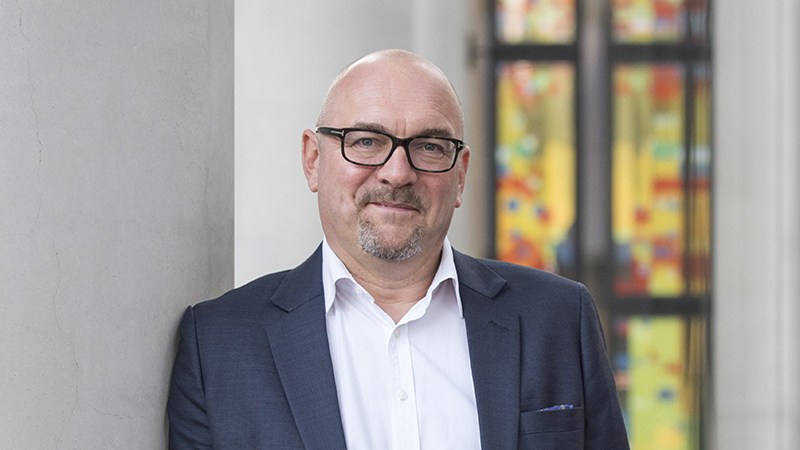Although population growth rates are levelling off, the world’s population is still expected to reach over nine billion people by 2050, up 30% from current levels, while the global middle class is expected to almost triple from just under two billion people today to 4.8 billion people by 2030. As disposable incomes rise, demand for food and a wide range of consumer products also increases, putting an additional strain on limited natural resources.
It has long been argued that as population and economies grow, resource depletion will accelerate until we finally run out altogether. However, history tells a different story. Thanks to human ingenuity and innovation, mankind has been able to adapt to resource scarcity by increasing the supply of resources, making productivity gains and discovering substitutes for supply-constrained resources.
However, going forward, this ability will be further constrained by intensifying environmental pressures surrounding the extraction and production of commodities. Most of the easily accessible resources have already been extracted and geographical, political and environmental constraints mean that many supplies of critical resources such as oil or some metals are found in increasingly remote, difficult-to-reach places, making it difficult and expensive to extract them.
As a result, achieving productivity gains and discovering substitutes will play an increasingly important role in how we cope with resource scarcity. A recent study by McKinsey Global Institute estimates that productivity gains could meet up to 30% of global demand for natural resources, and that 70% of these can be achieved using existing technologies. Not only are huge productivity gains within reach, they are also economically viable.
One such technology is carbon fiber composites. Four times lighter and up to 10x stronger than steel, carbon fibers have enabled the commercial aerospace sector to respond to rising fuel prices– by far the largest operating expense for airlines. Industry studies currently put the carbon fiber market at just shy of $2bn and expect it to reach $3bn by 2018, a 67% increase. A Boeing 747 in 1970 contained 80% aluminium and no carbon fibre, compare that to the current Boeing 787 which contains only 20% aluminium, but more than 50% carbon fibre. Companies in the value chain stand to benefit from this transition.
Process innovations also play an important role in improving productivity and coping with resource scarcity. Used in combination with computer aided design (CAD) and related software tools, 3D printers are transforming how companies think about product development and prototyping. Such technologies have pioneered faster, more advanced and less costly design processes, fostering product innovation, reducing time-to-market and enhancing profitability.
In addition, manufacturers are now better able to simulate and test products’ properties early on in the development phase, reducing design errors, improving overall product quality and limiting the risk of product recalls. Finally, 3D printing can save costs by enabling the more efficient use of raw materials because it manufactures products in an additive manner, rather than cut away from a given raw material through drilling or milling in a subtractive process.
In all cases, demand for substitute materials and process innovations is supported by fundamental, long-term drivers. Going forward, our ability to innovate in making efficient use of natural resources and process them into various types of materials will continue to determine our potential to ensure long-term economic in resource-constrained world.










